 |
 |
 |
 |

|


|
|
|
|
|
|
#1
|
||||
|
||||
|
Read my injectors!
So I pulled my injectors, per the DIY I just posted and some questions previously. What struck me was that despite my car having been sitting for over two weeks without being run, I pulled the injectors and four of the five were very wet with fuel and there was fuel at the seat bottom where the injector touches the prechamber. Is this normal?
Hopefully using an inpact gun to carefully remove them, I didnt cause them to leak down, though if that was the case, I guess no big deal. Anyway, some pictures: #1 (injector furthest to the front is #1, furthest to the back is #5) came out quite wet on the sides. 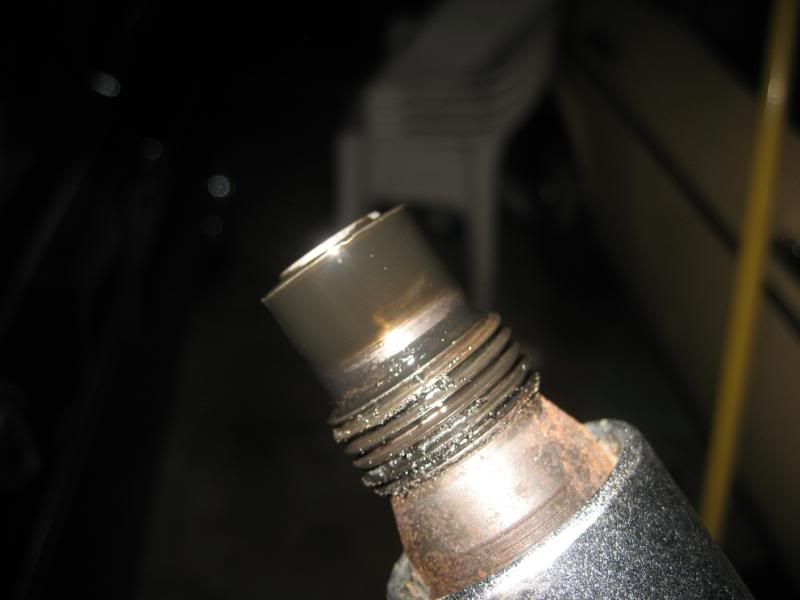 And it was dirty: 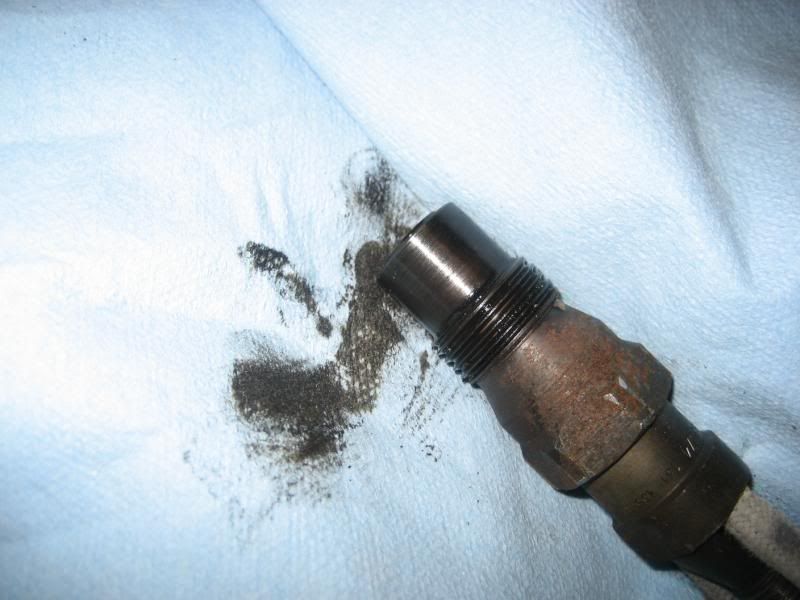 Ditto for #2: 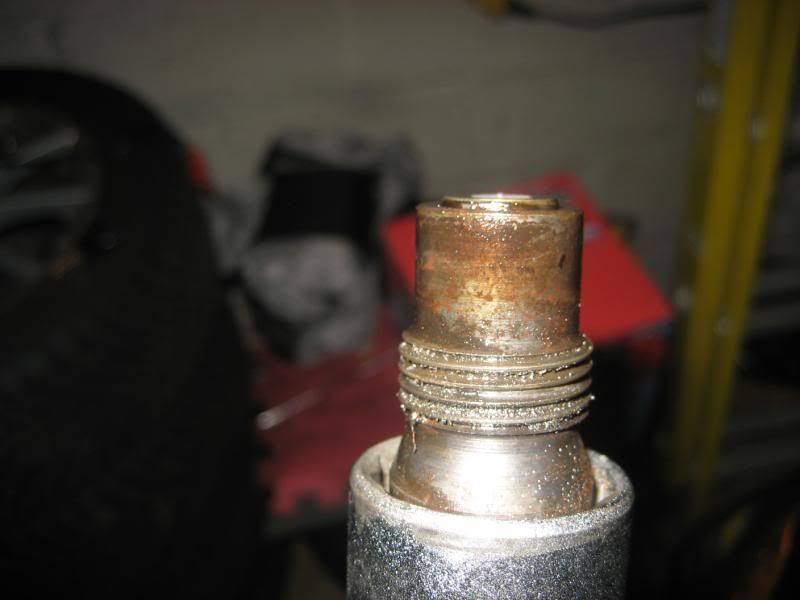 And #3: 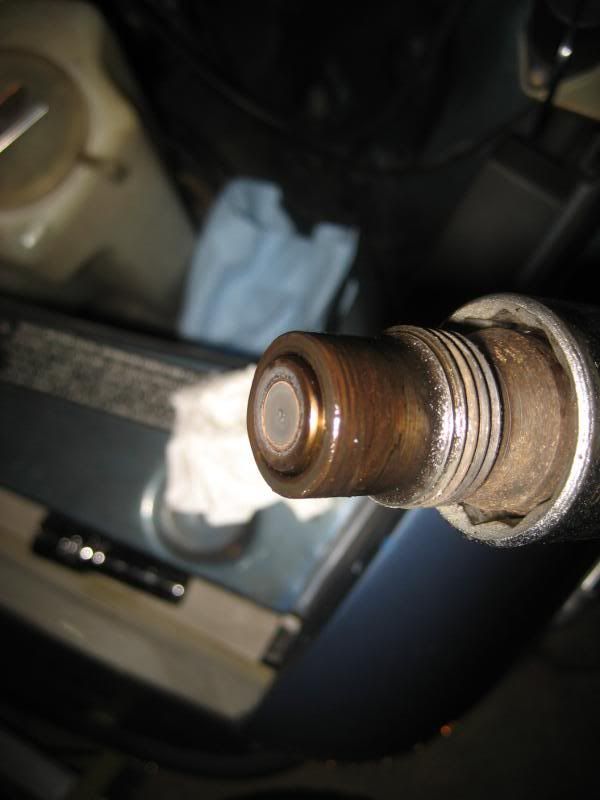 But #4 came out very dry: 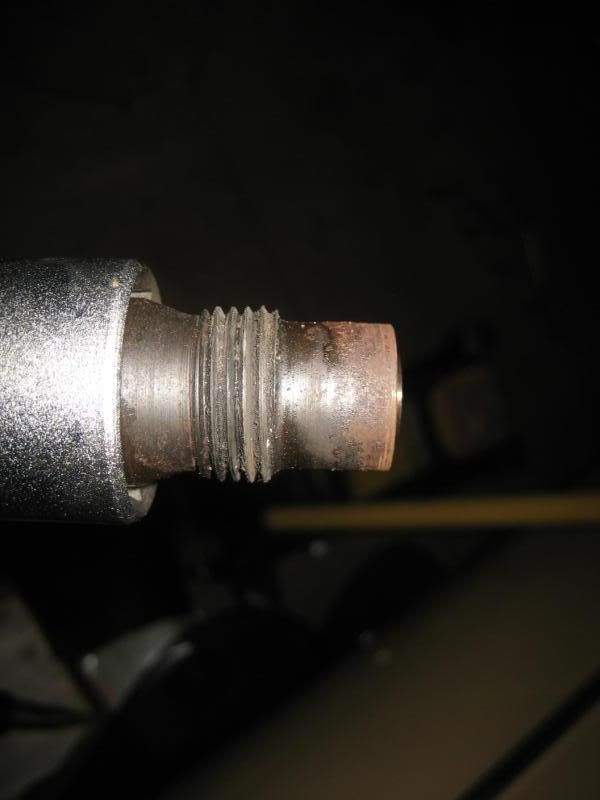 And number 5 was wet again:  Here they all are: 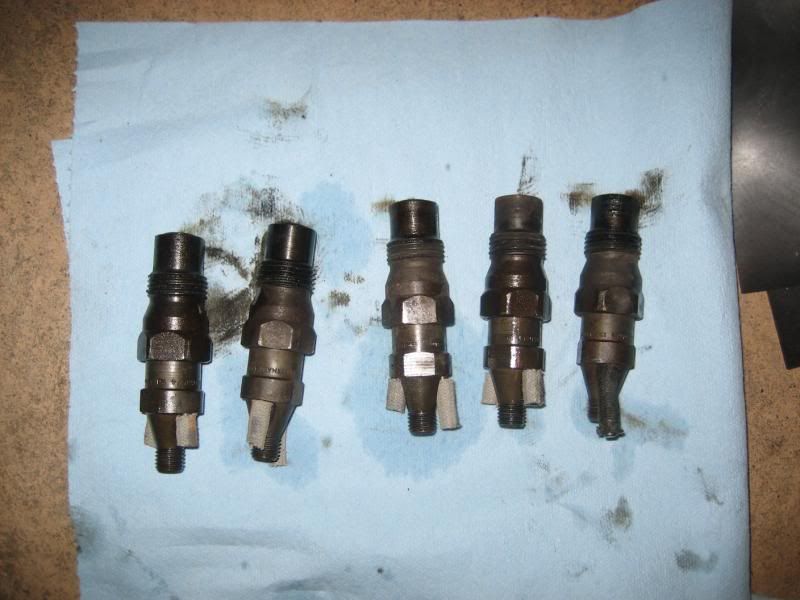 And the nozzle tips: #1: 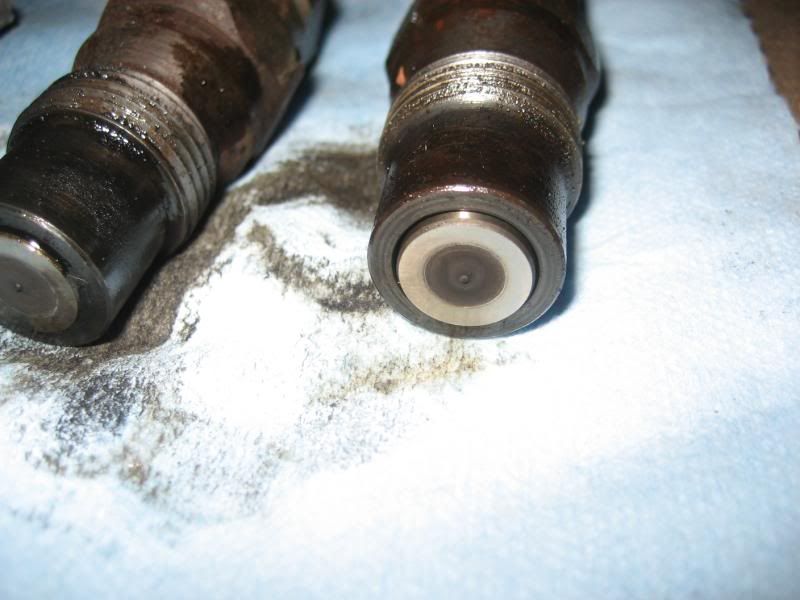 #2: 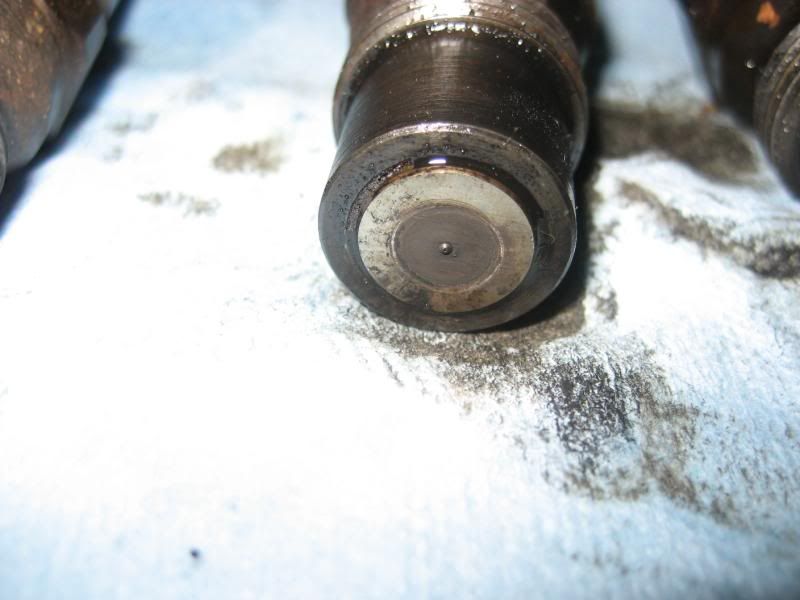 #3: 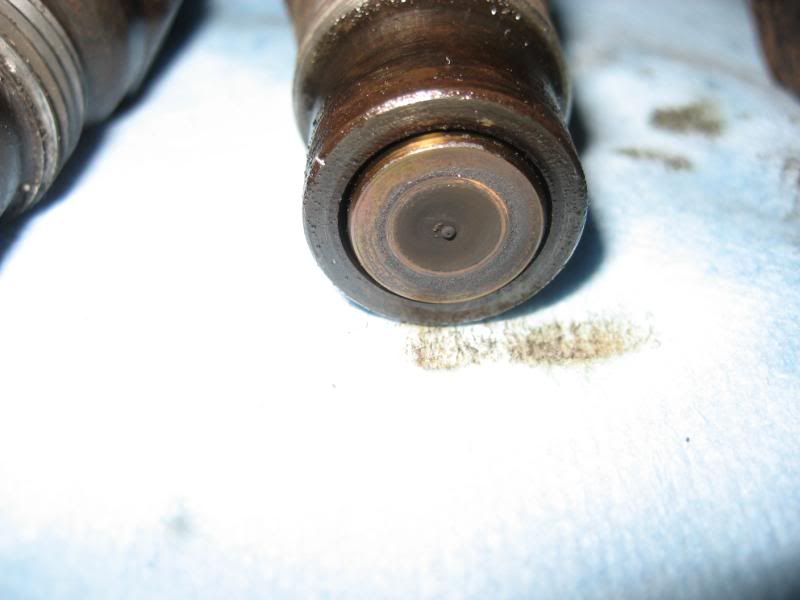 #4:  #5: 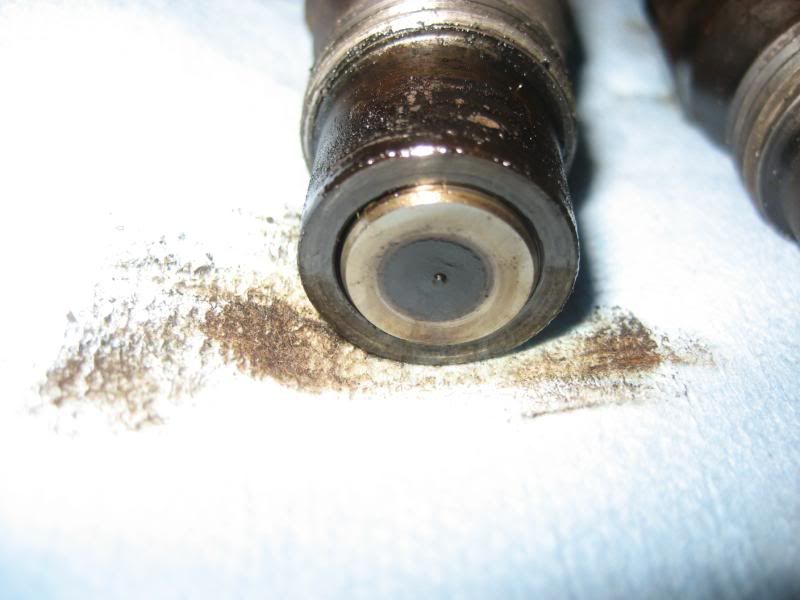 Though #4 was the dryest, it did have the most soft carbon deposits on the outer edge. It also had junk in there as soon as I pulled it out: 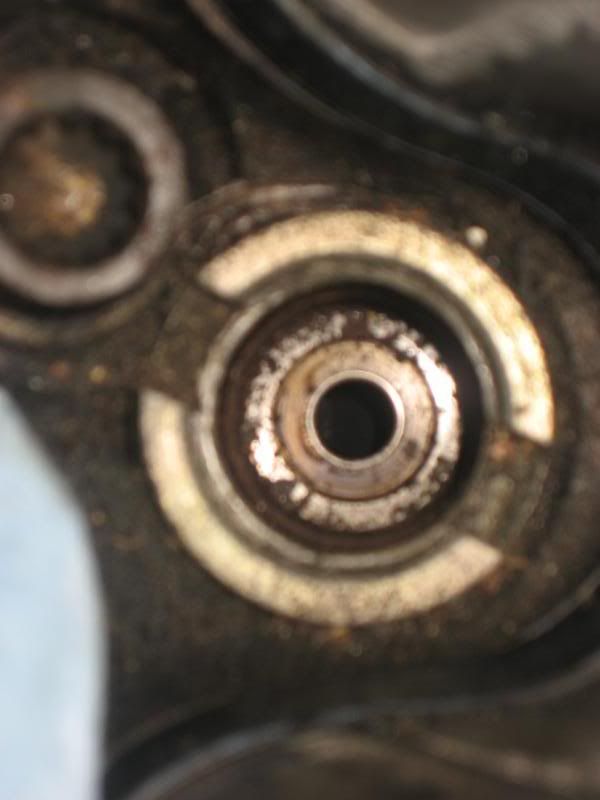 The rest had what looked like rusty fuel, it was murky brown, not clear yellow, as if there was rust mixed in fuel. I blotted it all out and vacuumed all the threads and seats so they were clean prior to plugging them with paper, but here are some pictures of what Im talking about: 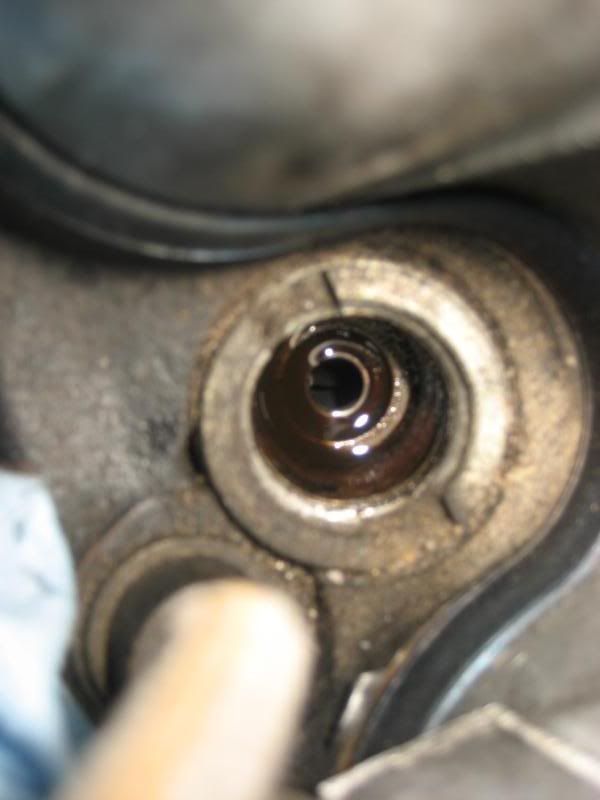 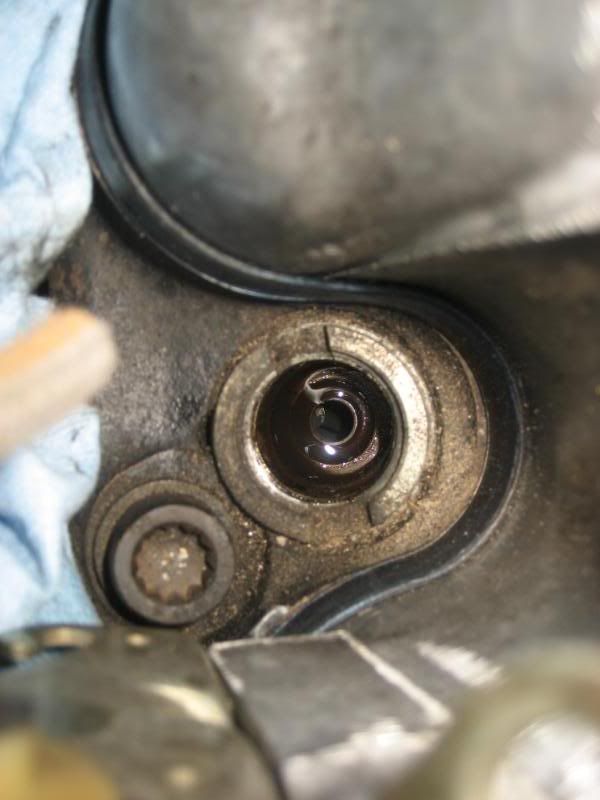 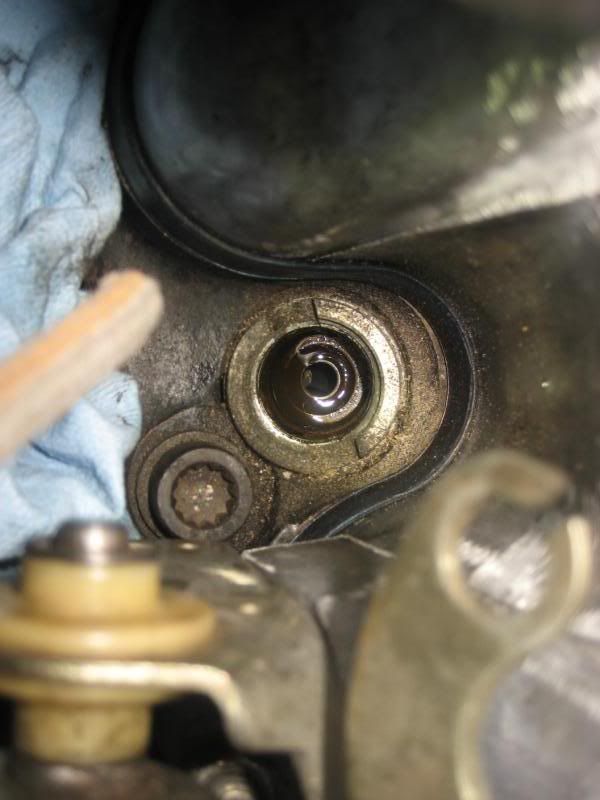 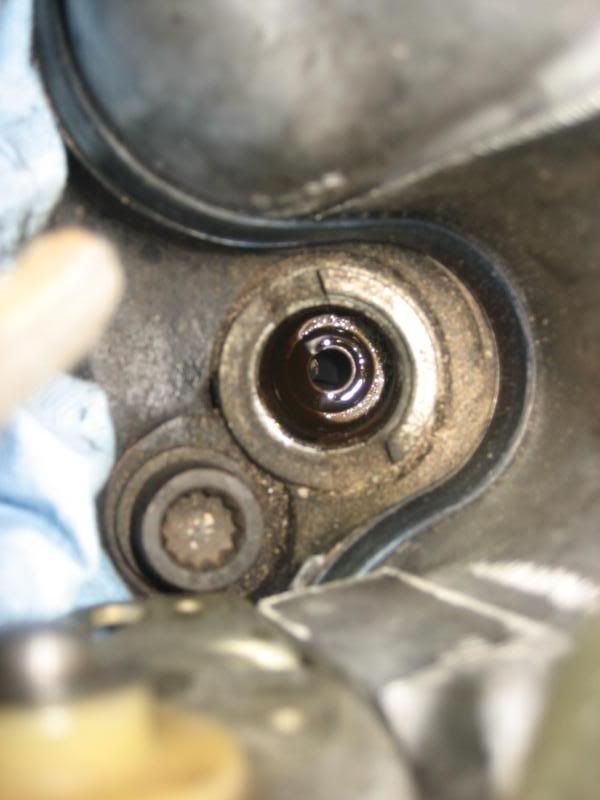 Is this right? My indy mentioned when I started my car cold that he heard an injector "leaking". Could that actually be four of them leaking? Or was injector #4 dry because it had already leaked out prior, so it is actually the guilty one? Any thoughts? And also to ask a real dumb question, where are the heat shields? Per my pictures, are they stuck to the injector face, or are they still in the prechamber? Thanks!
__________________
Current Diesels: 1981 240D (73K) 1982 300CD (169k) 1985 190D (169k) 1991 350SD (116k) 1991 350SD (206k) 1991 300D (228k) 2008 ML320 CDI (199k) 1996 Dodge Ram CTD (442k) 1996 Dodge Ram CTD (267k) Past Diesels: 1983 300D (228K), 1985 300D (233K), 1993 300D 2.5T (338k), 1993 300SD (291k) |
|
#2
|
||||
|
||||
|
Looks like oil to me, did someone spill some?
__________________
Current Garage 2008 Mercedes GL320 CDI 188k mi Repair/Work in progress 1994 S350 160k mi Garage Queen & prepping for repairs 2005 E320 CDI 203k mi Healthy & Daily Driver 1994 S350 357k mi Retried as parts car 1984 300TD 214k mi Blown OM617 Poss OM603 Swap?? Sold 1987 300SDL 200K+ 1994 S320 181K mi 2008 E320 Bluetec 127k mi 1999 S420 130K mi 1980 240D 360k mi 15+ Others that has come, stay and gone GONE, BUT NOT FORGOTTEN  1995 E320 SE 220k mi 1984 300SD 350k mi |
|
#3
|
|||
|
|||
|
Quote:
I would be interested in knowing what a leaking injector sounds like. And also exactly what is meant by "leaking." |
|
#4
|
||||
|
||||
|
Might look like oil, but it was diesel fuel. I know that for certain, as I blotted it out.
__________________
Current Diesels: 1981 240D (73K) 1982 300CD (169k) 1985 190D (169k) 1991 350SD (116k) 1991 350SD (206k) 1991 300D (228k) 2008 ML320 CDI (199k) 1996 Dodge Ram CTD (442k) 1996 Dodge Ram CTD (267k) Past Diesels: 1983 300D (228K), 1985 300D (233K), 1993 300D 2.5T (338k), 1993 300SD (291k) |
|
#5
|
||||
|
||||
|
Can you point out then where it is? They all look like this:
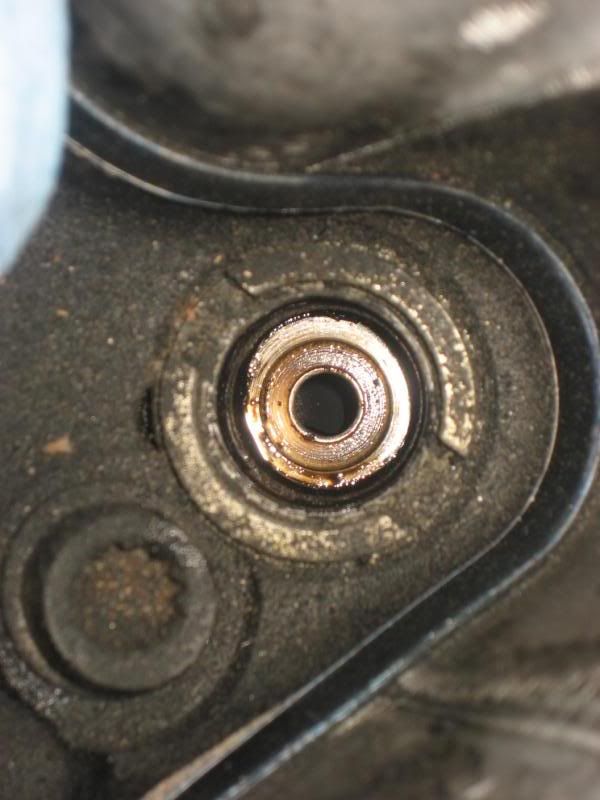
__________________
Current Diesels: 1981 240D (73K) 1982 300CD (169k) 1985 190D (169k) 1991 350SD (116k) 1991 350SD (206k) 1991 300D (228k) 2008 ML320 CDI (199k) 1996 Dodge Ram CTD (442k) 1996 Dodge Ram CTD (267k) Past Diesels: 1983 300D (228K), 1985 300D (233K), 1993 300D 2.5T (338k), 1993 300SD (291k) |
|
#6
|
|||
|
|||
|
It's the thing with the hole in it. Hook the "hole" with a pick and the heat shield should come out.
|
|
#7
|
||||
|
||||
|
We discussed this on here previously. I believe the difference is like two metal hammers hitting face to face, versus two hammer wooden handles tapping together.
__________________
Current Diesels: 1981 240D (73K) 1982 300CD (169k) 1985 190D (169k) 1991 350SD (116k) 1991 350SD (206k) 1991 300D (228k) 2008 ML320 CDI (199k) 1996 Dodge Ram CTD (442k) 1996 Dodge Ram CTD (267k) Past Diesels: 1983 300D (228K), 1985 300D (233K), 1993 300D 2.5T (338k), 1993 300SD (291k) |
|
#8
|
||||
|
||||
|
If you ever had and Injector Fuel Return lines that were leaking the Fuel can seep down inbetween the Threads of the Injector and Pool down there.
The other ways Fuel can get in there: A hairline crack in the Injector Nut Possibly Heat Shield not sealing well On the Injector where you had soft Carbon up around the Injector Nut threads the Heat Shield must not have been sealing well.
__________________
84 300D, 82 Volvo 244Gl Diesel |
|
#9
|
||||
|
||||
|
some of the soft lines were quite leaky. I removed and replaced them sometime back, would have thought it would have dried considering the heat and conditions up there...
__________________
Current Diesels: 1981 240D (73K) 1982 300CD (169k) 1985 190D (169k) 1991 350SD (116k) 1991 350SD (206k) 1991 300D (228k) 2008 ML320 CDI (199k) 1996 Dodge Ram CTD (442k) 1996 Dodge Ram CTD (267k) Past Diesels: 1983 300D (228K), 1985 300D (233K), 1993 300D 2.5T (338k), 1993 300SD (291k) |
|
#10
|
||||
|
||||
|
The heat shields are basically a unique washer. So like tangofox said, they have a hole in them and are perched first thing in the chamber. 4/5 of mine were "stuck" and I had to break them loose before removal with a magnetic pick up tool. I used a needlenose pliers to break them loose.
__________________
2009 ML320 Bluetec 1985 300CD 1981 300TD Past Mercedes 1979 300TD 1982 300TD 2000 E320 4Matic Wagon 1998 E430 1984 300SD 1980 300SD |
|
#11
|
||||
|
||||
|
to reiderate past posts-- circled red is your heat shield, it's the circle brass piece, you can lift it out with a needle nose pliers (be careful)
__________________
hum..... 1987 300TD 311,000M Stolen. Presumed destroyed |
|
#12
|
||||
|
||||
|
The Heat Shields are made of Steel. Some Companies plate the Heat Shields so they are Brass Colored.
__________________
84 300D, 82 Volvo 244Gl Diesel |
|
#13
|
||||
|
||||
|
Quote:
Another way would be if somtime after you replace the Injector Return Lines you loosened the Injector Hard Lines at the Injectors to bleed that Air Out. That would also allow Fuel to get into that space.
__________________
84 300D, 82 Volvo 244Gl Diesel |
|
#14
|
|||
|
|||
|
Just a quick question,
If you pulled your injectors and saw the carbon build-up. Would it be advisable to place the entire injector into an ultra-sonic cleaner. Would this do any good to clean them, or is it better to disassemble and replace, if needed?
__________________
----Adam 1985 300SD 322,000 |
|
#15
|
|||
|
|||
|
The external surfaces of an injector can be cleaned with a bronze brush.
|
 |
| Bookmarks |
|
|